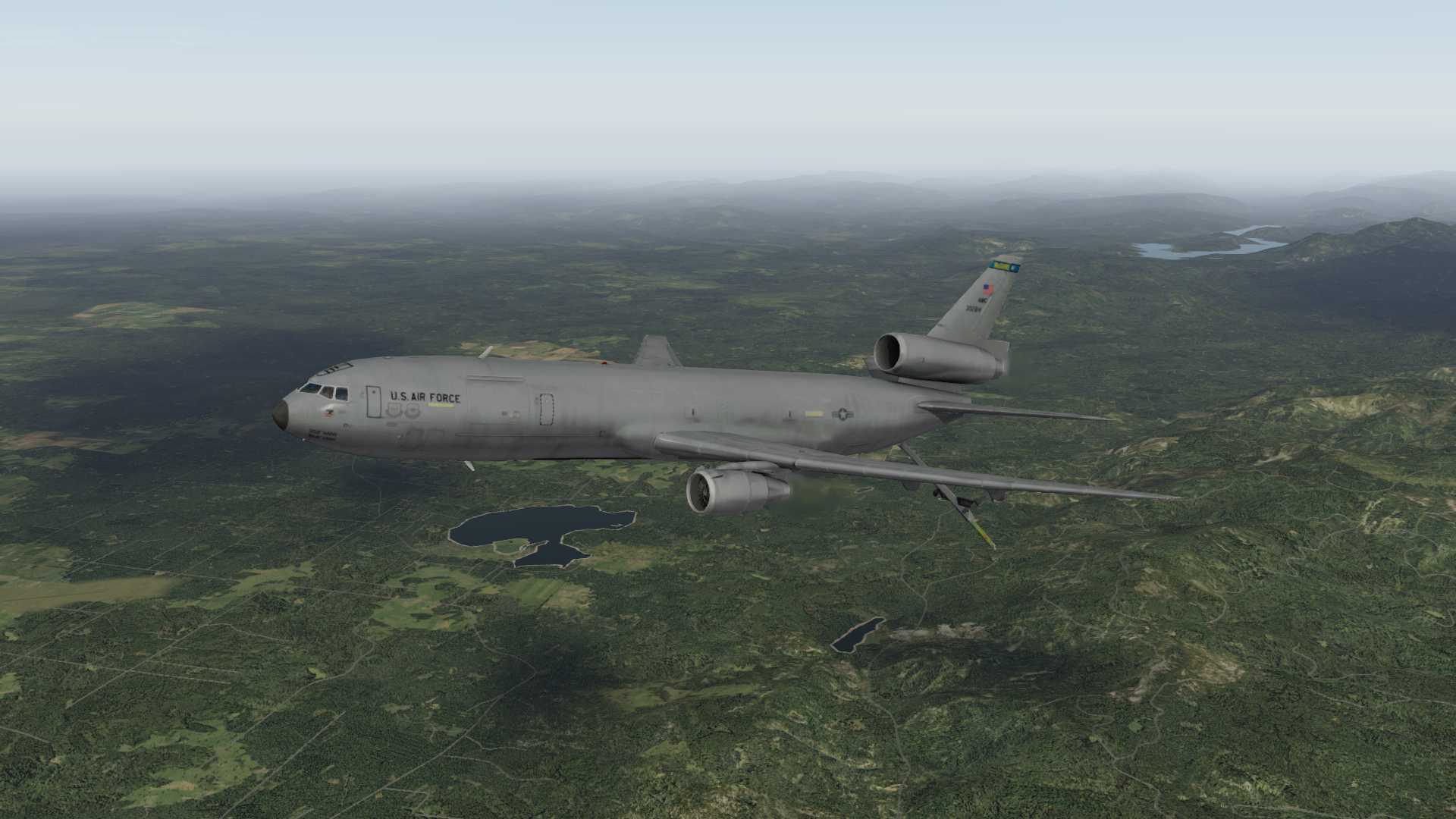
X PLANE 10 PLUGINS HOW TO
This sample demonstrates how to send commands to the sim. This sample shows how to control lat/long, etc. This sample shows how to create a plugin to drive a custom prop disc. This examples shows how to draw 7 AI aircraft around the user aircraft. This examples shows how to start the engines via plugin. This example shows the use of key sniffers to intercept and process raw keystrokes. This sample demonstrates how to manage other plugins. It demonstrates how to use OpenAL with a context from a plugin. This sample plugin plays a sound whenever an airplane is loaded. This sample shows how to use the "override" datarefs to disable X-Plane's internal control of things like the flight model and joystick controls. This sample is a plug-in that allows positioning of lat/lon etc. This is an example plugin that demonstrates how to share data, both owned by a plugin and shared. This example creates menus items that change the nav-1 radio frequency to demonstrate how to interact with X-Plane by reading and writing data. This example plugin demonstrates how to use the timed processing callbacks to continuously record sim data to disk.
X PLANE 10 PLUGINS CODE
This sample code demonstrates how to use OpenAL with a context from a plugin. This example shows how to use a pulldown menu to create a widget window to display a list of instructions or notes. This example program illustrates creating a custom command. This example program creates a custom integer dataref and 2 custom commands. This sample illustrates control of X-Plane DataRefs using custom manipulators. This sample code shows how to draw a terrain object that moves in relation to the aircraft The flight loop callback sends the message to DataRefEditor to register your custom dataref in DataRefEditor. This plugin adds a few lines of code and a flight loop callback.

Register Custom DataRef in Dataref Editor This is a code snippet that shows how to write custom array dataref handlers. This is a code snippet that returns up to 3 camera directions in OpenGL coordinates.

This code snippet saves the 2d mouse click and outputs it as two 3-d points. This code snippet can be used to determine if a sphere at a location in the current OpenGL coordinates is visible. This code snippet shows how to attache control V, C, and X as cut/copy/paste. This code snippet shows how to load a texture and draw it as a 2D quad. This sample shows off the new instancing API, used for efficiently drawing objects without needing to write OpenGL.Ī basic demonstration for adding submenus to the in-sim Plugin menu.Ĭreates a window that is dynamically resized based on the X-Plane window's size.Ĭreates a new, "modern" window styled like an X-Plane 11 window which supports multiple monitors and pop-out into its own OS window.ĭraws custom map layers using pure OpenGL, PNG icons, and text labels. X-Plane 10 Instancing Compatibility WrapperĬompatibility wrapper for using the new XPLMInstance APIs in plugins that support old versions of X-Plane.

"My first plugin." Creates a window to show the text "Hello World!"

Example demonstrating how to save useful debugging information for crashes caused by a pluginĪn example of how to draw 2-d graphics that match the 3-d world.ĭemonstrates creating a window, moving it to VR, and changing its size based on a button click.ĭemonstrates the use of the modelview, viewport, and projection matrix datarefs for applying scissoring to SDK 3-style windows.


 0 kommentar(er)
0 kommentar(er)
